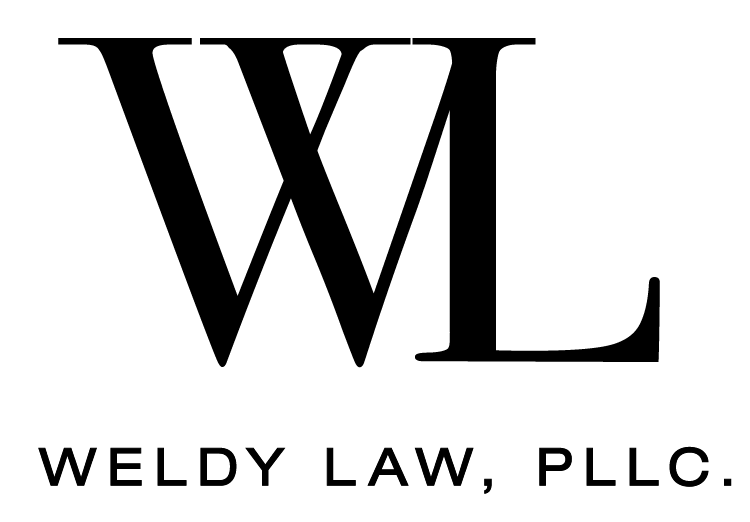Trusts are useful tools used in estate planning that help people plan and prepare for an array of life events including tax planning, property distribution, and asset protection. This blog will highlight the general components of a trust in an effort to provide an overview of the makings of a basic trust.
One of the most favorable aspects of utilizing Trusts in your estate plan is that many of the following components can be mixed and matched to create an ideal Trust to meet an individual’s needs.
A Trust document starts by identifying the person who creates the trust, this person is known as the Settlor. The Trust document then identifies the beneficiaries. The Beneficiary is the person(s) for whose benefit property is held in Trust. Next, the Trust document defines the distribution parameters and identifies the trust property, sometimes referred to as the Corpus of the Trust. A Trust document then will typically specify the duration or life of the Trust, identify the Trustee and the Trustee’s powers, duties, liabilities, and remedies.
The above discussed components are typical in most written Trust documents that are intentionally created by a Settlor to formalize the way a party, the Trustee, manages and distributes property to or for the benefit of an intended Beneficiary.
Do you have questions about trusts and how they may benefit your goals in protecting your legacy? If you have any estate planning questions, Weldy Law, PLLC is here to help, contact our office to schedule a consultation.
The above blog is for informational purposes only and is not legal advice nor does any information or communication with this website create an attorney-client relationship.


